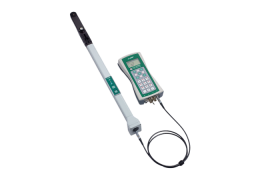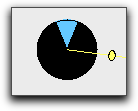Measurements can be made in direct sunlight, if a) the sun is always in the portion of the wand's view that is masked by a view cap when making measurements, and b) the measurements are corrected for scattering. While clouds can cause random errors, scattering represents a systematic error. Fortunately, scattering can be dealt with by a few extra sky measure-ments at the time of data collection, care in how measurements are made, and some simple post-processing steps.
Dealing with Scattering
One of the traditional underlying assumptions of the LAI‑2000 and LAI-2200C has been that foliage absorbs all the radiation in the waveband seen by the sensor (320-490 nm). Starting with version 2.0, FV2200 allows this assumption to be set aside and provides a mechanism (Kobayashi et al., 2013), for correcting measurements for the radiation reflected and transmitted by the foliage. You should apply this correction for data taken in direct sun, since that’s when the scattering errors are the highest, but you can also correct data taken when the sun is obscured, adjusting for the actual foliage scattering properties in your canopy, rather than assuming reflectance and transmittance are both 0.
K Records
The scattering corrections require that a few extra sky radiation measurements be taken in the field, in addition to measurements – or assumptions – of foliage reflectance and transmittance. This sky brightness data will ultimately – once the file is processed by FV2200 – be contained in what we call a K record (K is for sky). In order to make a K record, you typically need a sequence of four A records, hereafter termed a 4A sequence.
The 4A Sequence
The first two A readings in the 4A sequence use the white diffuser cap (part number 6522-117). Follow these steps to make a 4A sequence:
- Diffuser cap in the sun. With your back to the sun, and the sun shining on the diffuser cap, level the sensor, and take the first A reading.
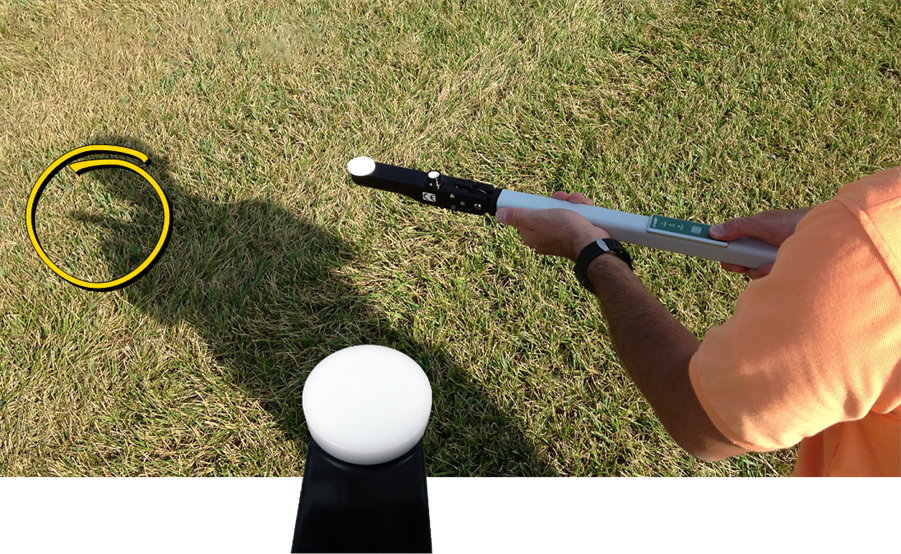
- Diffuser cap shaded. Rotate just a bit to shade the diffuser cap with the shadow of your head, and take the second A reading. If the sun is too high to shade the diffuser with your head, hold the sensor with one hand and reach up and out with the other to shade the diffuser. You want the entire diffuser completely shaded, but not much more than that.
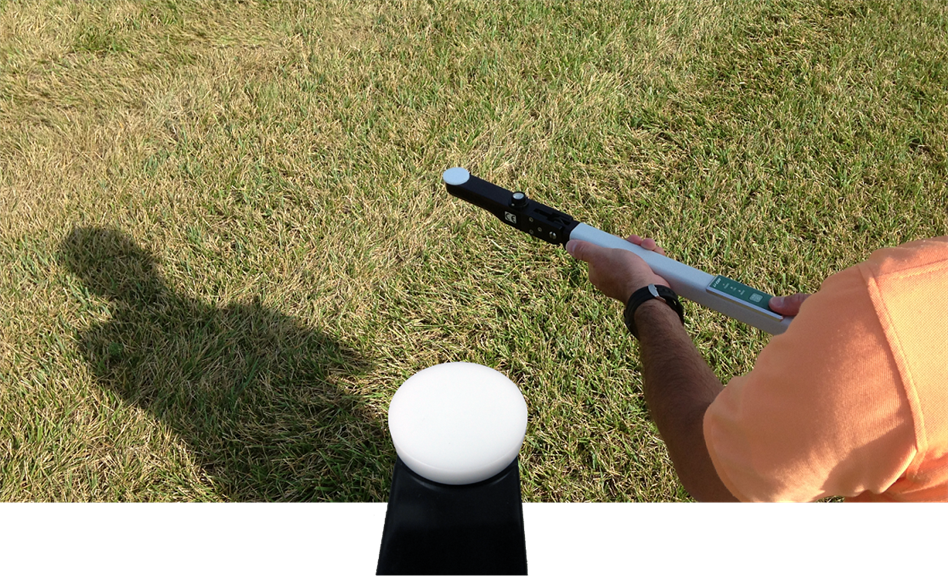
- No cap, shaded. For the third A reading, remove the diffuser and either shade the sensor with your head, or put a 270° view cap in place. This reading needs to have the sun blocked, but retain as wide a view of the sky as possible.
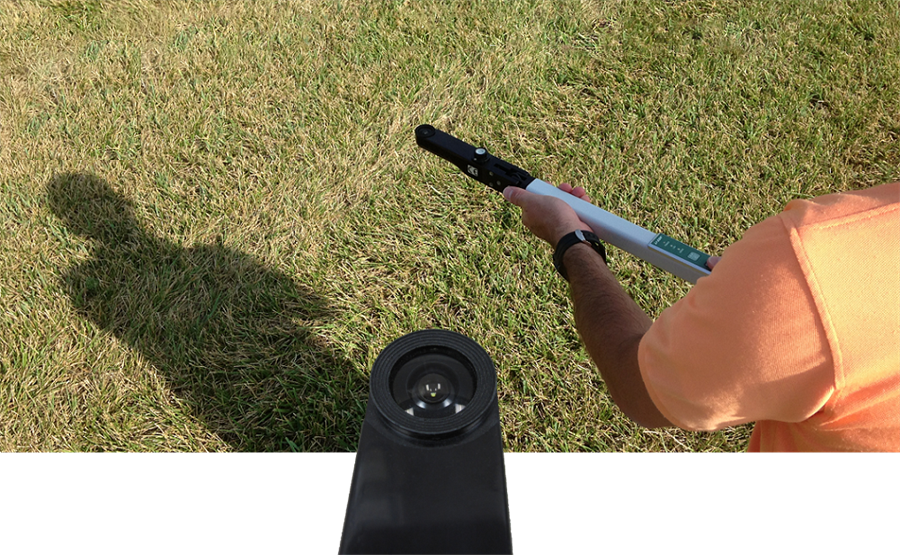
- Normal A reading. Use the same view cap and view direction you are using for the associated B readings.
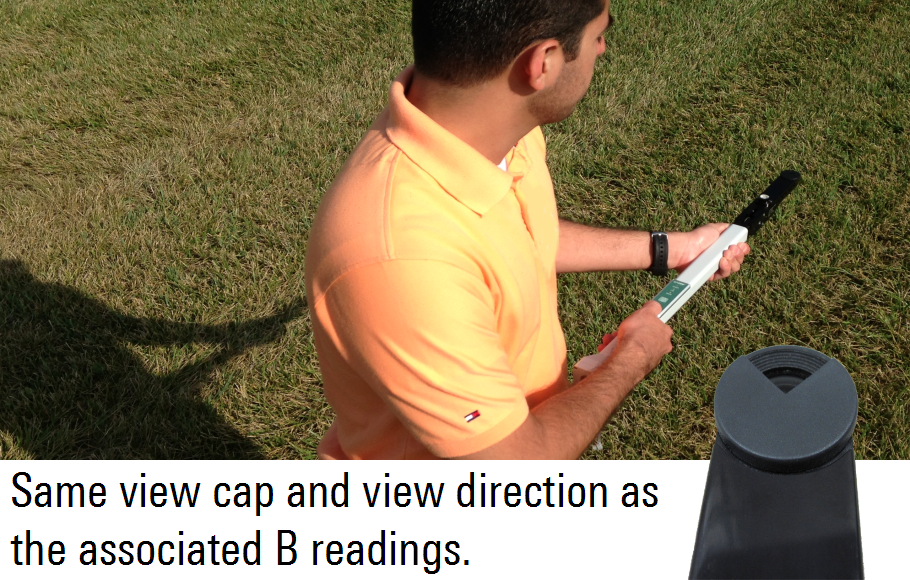
Ultimately, each LAI-2200C file that is to be scatter-corrected will need to have at least one K record in it. This does not necessarily mean that when you are collecting data in the field, you need to do a 4A sequence in every file. K records can be copied (by FV2200) into other files that need them, so you can perform a 4A sequence somewhere in a data file (beginning, middle, end, it doesn’t matter when), or as part of a below-canopy file if you are in two-sensor mode, or accumulate a series of them into their own separate file. It is a simple matter with FV2200 to turn 4A sequences into K records, then copy them to whatever files need them. When FV2200 copies K records, it does so based on time, and uses the closest ones available in source files to the B records in the destination file.
A complete example of using K records is given in Example 2 - One Sensor Measurement with Scattering Correction, and a "guided tour" in A Scattering Correction Example.
How Many K Records Needed
Sky conditions will determine how often K records (i.e. 4A sequences) are needed. The determining factor is how fast the fraction of beam is changing. The simplest case (as always) is clear blue sky. During the middle of the day, one K record per hour would be fine. The worst case is fast-moving scattered or broken clouds, with the sun coming and going. The choice in those conditions might come down to only taking data (A, B, and 4A sequences) when the sun is between clouds, or only taking data (A and B) when the sun is obscured behind clouds (you know the fraction of beam is 0 then, so you so don’t need K records), or waiting for a better day.
Another consideration is if your measurement involves multiple view directions. In principle, you should have a K record for each view direction used. However, if your view azimuths are symmetric about the solar azimuth (e.g. sun is South, and your views are East and West), then you would not need multiple K records unless there were distinctly differing cloud formations in those two directions.
K Records and Sloping Terrain
In steeply sloping terrain, we recommend keeping the sensor parallel to the ground for A and B readings. SeeMeasuring on Slopes. This has some implications for K records: The first two readings of a 4A sequence (with the white diffuser) should always be made with the sensor level. The last two readings (wide sky and normal A) should be made with the sensor parallel to the ground. Terrain slope information can then be included with the other scattering inputs (see the FV2200 User's Guide under the FV2200 "Help" menu), so the solar angles can be adjusted appropriately.
